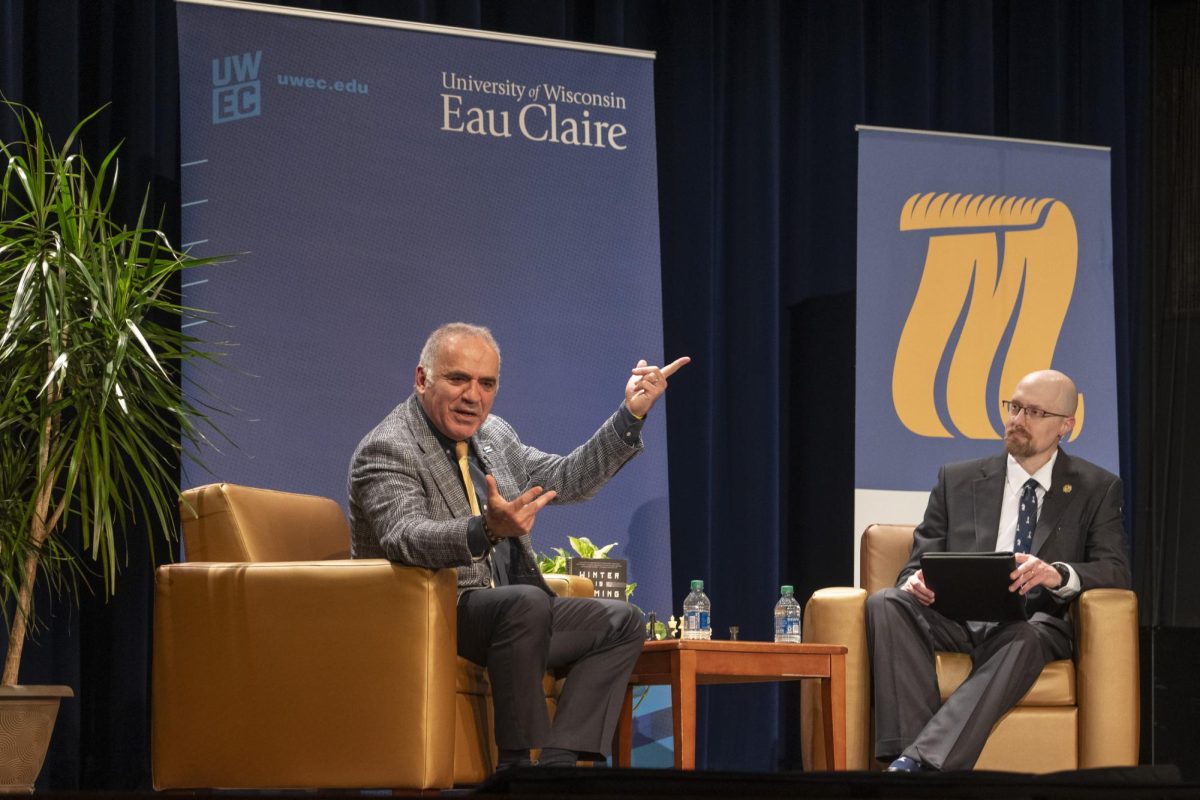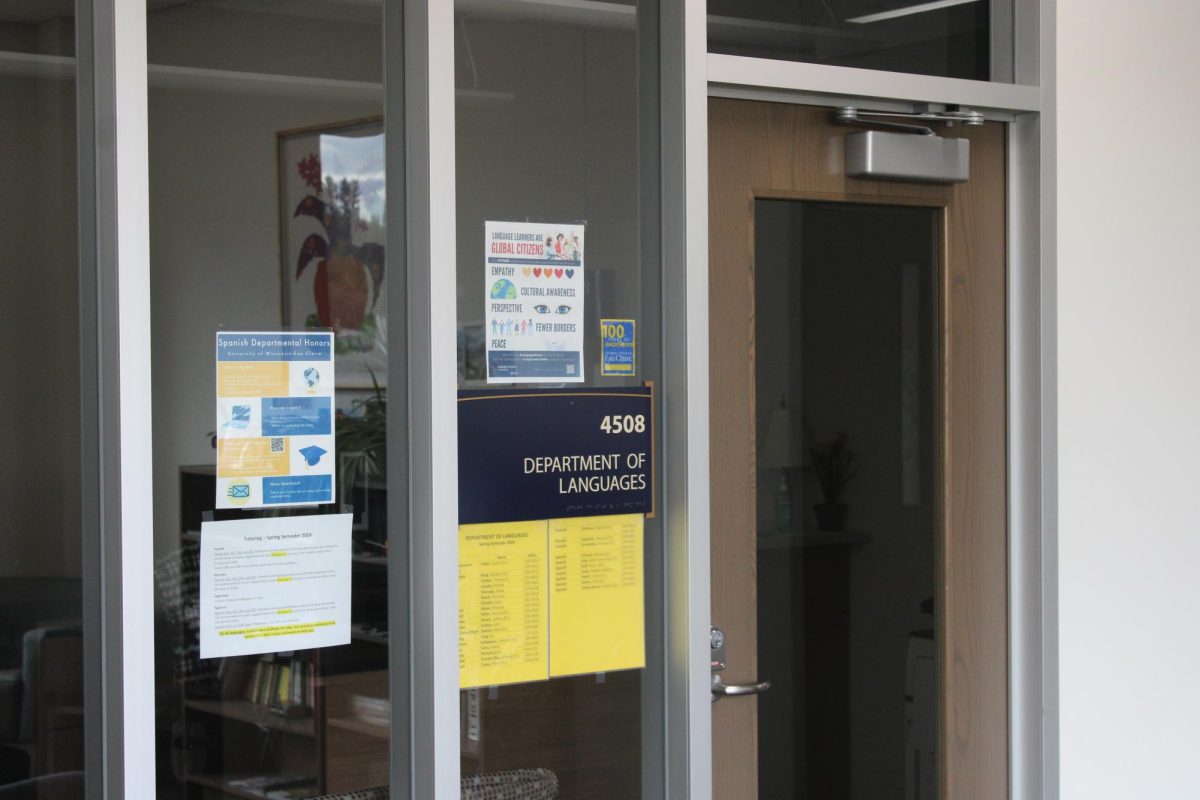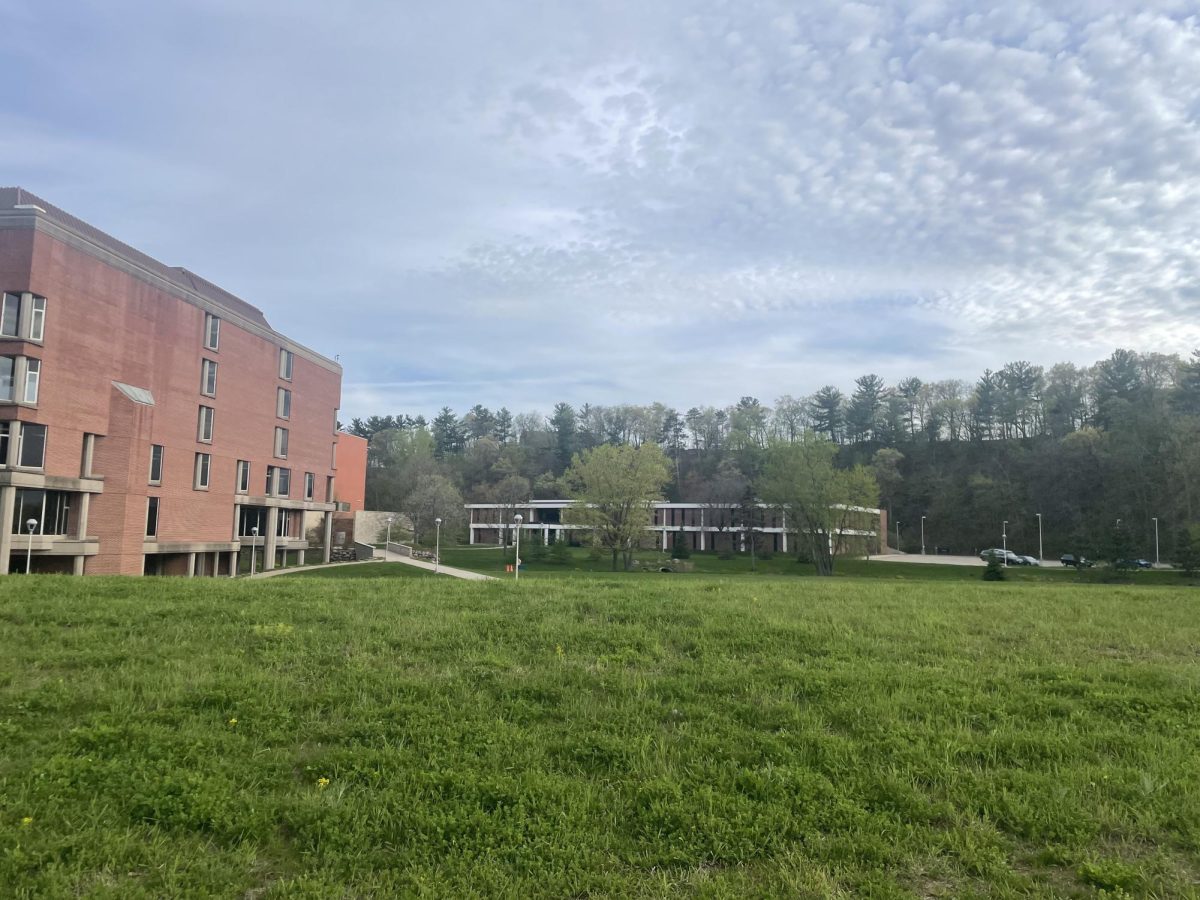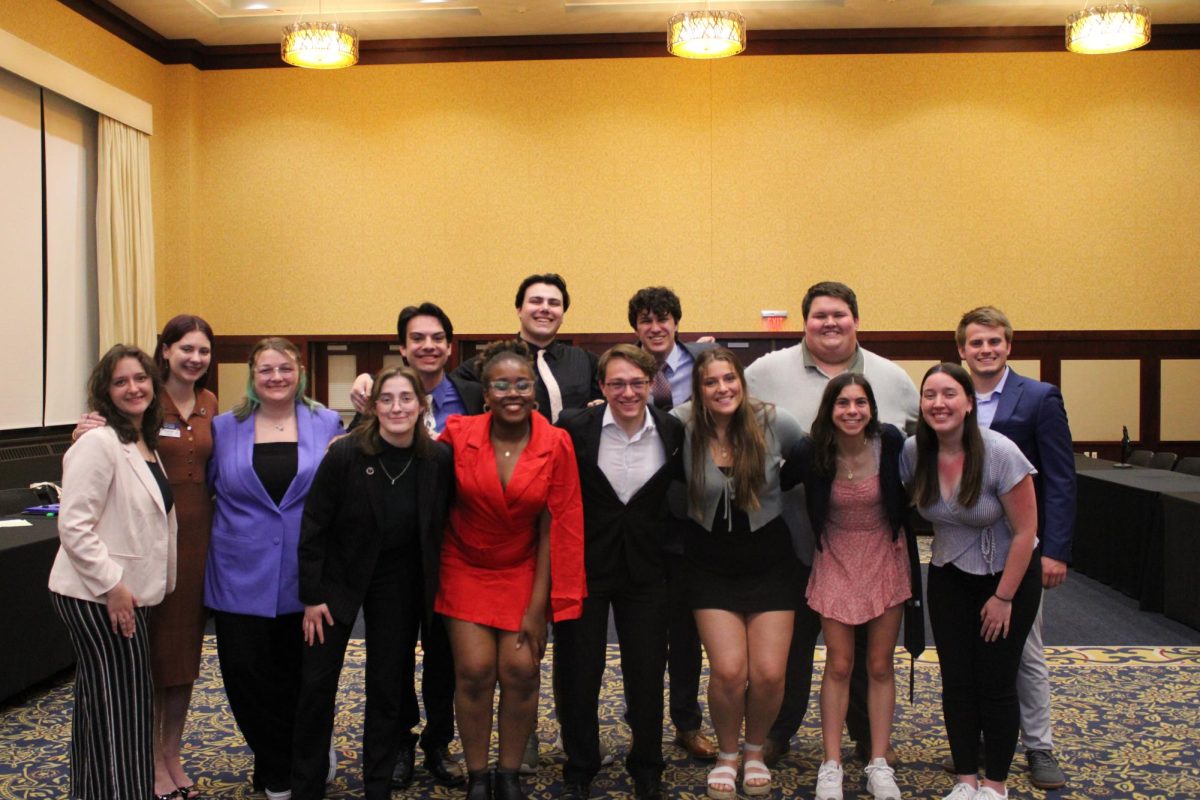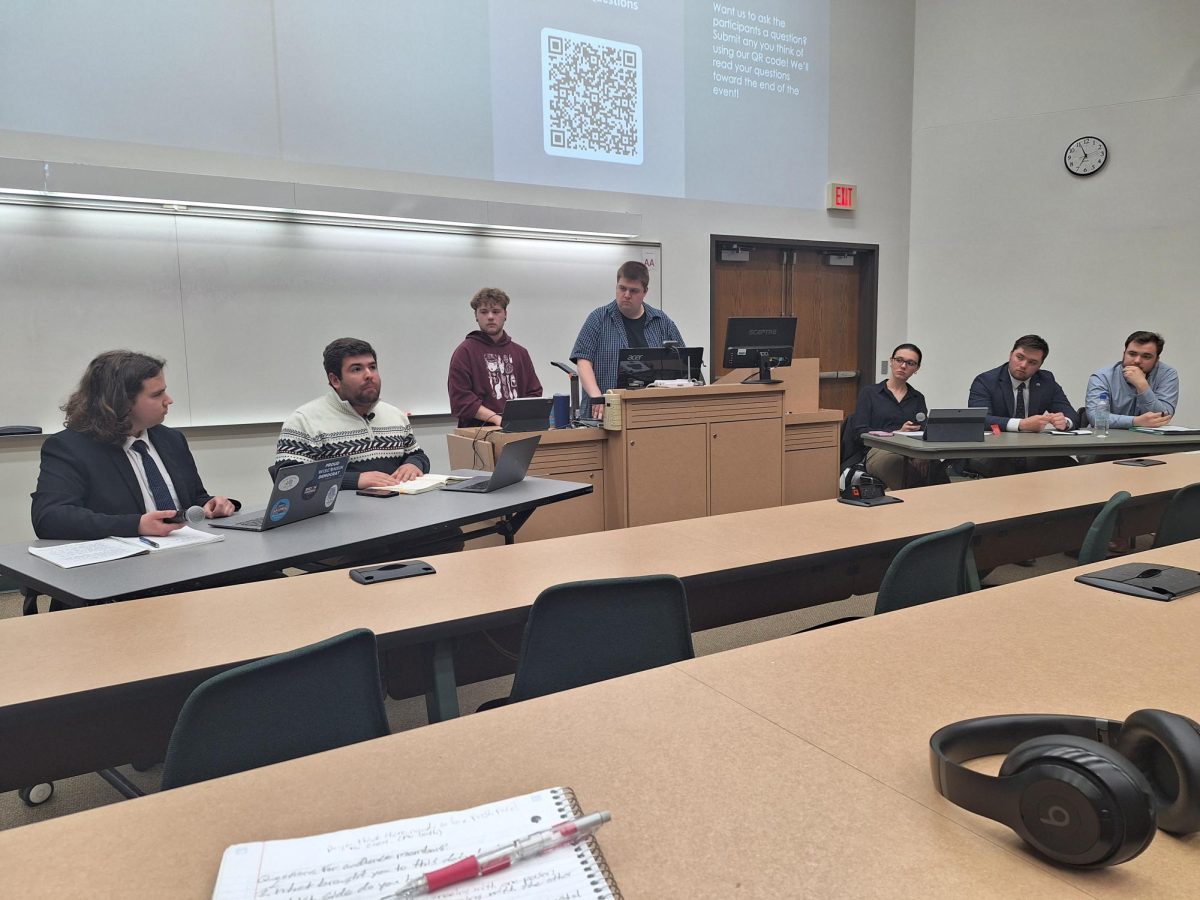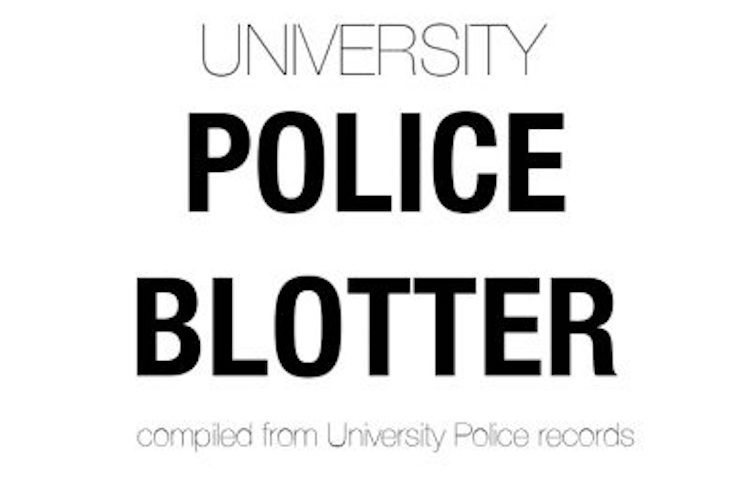The department of physics and astronomy will soon have a new toy to play with.
But it’s not just any toy, it’s a $338,000 machine that will create greater opportunities for students and teachers to experience hands-on research, said Doug Dunham, assistant professor of physics and astronomy.
The machine, an X-ray photoelectron spectroscopy system, will allow researchers to analyze element concentration of a material’s surface by utilizing X-rays, Dunham said.
Before, researchers had to travel to Madison to use a similar machine for this kind of research, Dunham said. Now, UW-Eau Claire is the only undergraduate institution that he knows of that will have such a machine.
“Normally you don’t get to touch one of these things until you’re in graduate school,” Dunham said.
The purpose of the research with the machine is to determine ways of producing devices such as computer chips in a more efficient manner, he said.
The machine, which sits about 3-feet long by 6-feet tall and is made of all stainless steel, should arrive by the end of the spring semester, Dunham said.
The department will work with it over the summer with the intention of having it in full operation by the fall of 2002.
Matt Evans, assistant professor of physics and astronomy, Marcus McEllistrem, assistant professor of chemistry and Kim Pierson, professor of physics and astronomy all have research plans for the machine.
“I think they got lucky on the first shot (of trying to get funds), which is extraordinary,” Pierson said.
The money for the machine comes from a $204,000 grant from the National Science Foundation and additional money through the university.
Research involves a collaboration between the chemistry and physics department. That’s probably the reason the NSF came through so quickly, Pierson said.
In general, the new technology provides a great opportunity for further research in the department, Pierson said.
The technology has been around for about 30 years, Dunham said. But the cost is what makes it relatively unattainable.
Since the technology cannot be found in other undergraduate programs, the opportunity for students here will give them a leg-up on graduate studies, Dunham said.
Most of the work Pierson said he will do is collaborative projects with Dunham and other professors.
The end result of this new technology will be more students involved with researching, he said. And that ultimately will make it successful, he said.
Once it’s up and running, the machine will save time and money and will provide better opportunities to students and professors, Dunham said.

